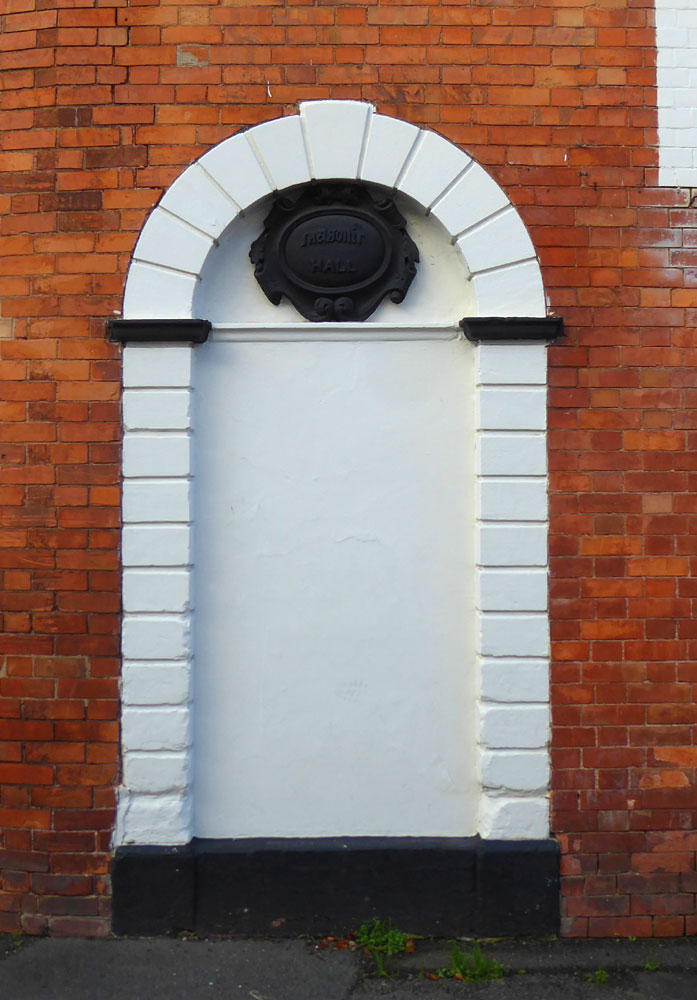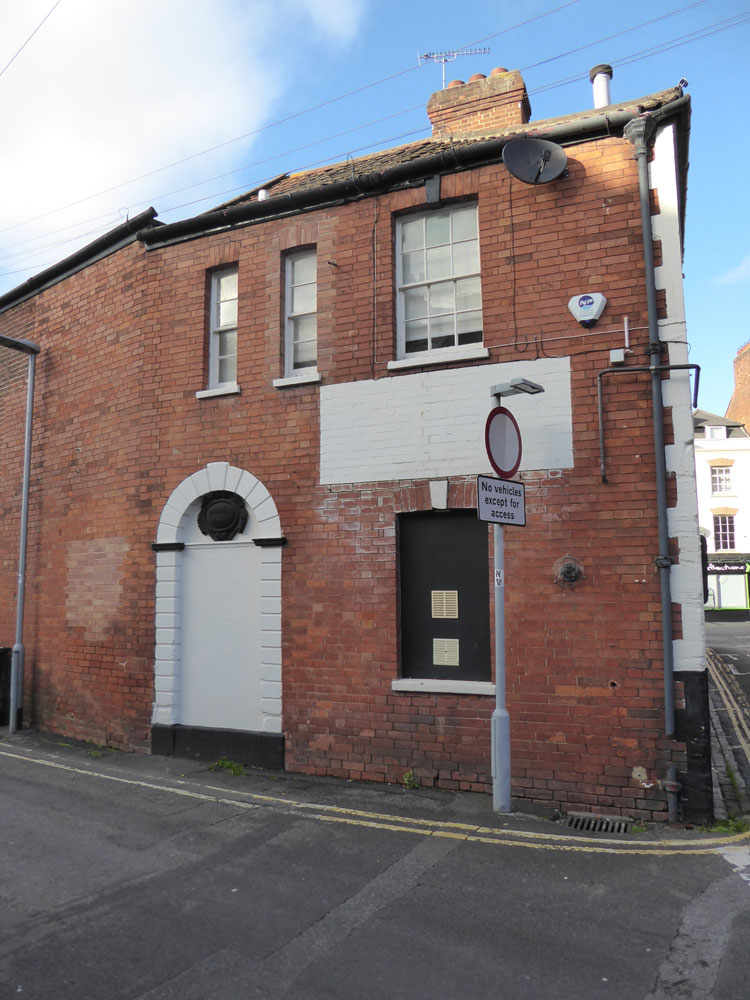High Street Medieval to 1888

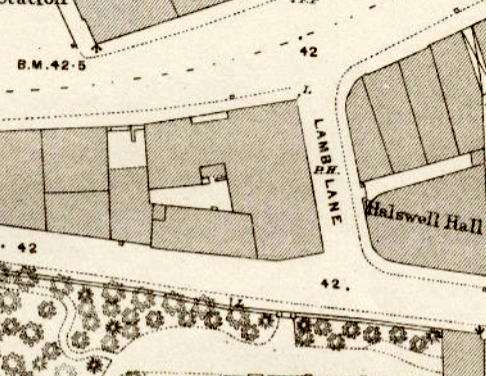
The Lamb Inn was in the possession of Bridgwater Corporation (the Town Council) by at least 1644, when we seem to get the first mention of it, where the building was described as a ‘tenement and garden’ (Somerset Heritage Centre D/B/bw/CL/23). It 1657 the Corporation also owned the Swan, the Three Mariners, the George and the Mermaid (SHC: D/B/bw/2136). In early documents it was usually referred to as ‘the Sign of the Lamb’, a common formulation for describing Inns, as there would have been a literal sign on the building shaped or painted as a lamb.
The name ‘Lamb’ may have two origins – the most mundane being a reference to a sheep market, ie, while folk were in town for this market, they might stay in the inn closest to the marketplace. However, as the sheep market was traditionally held in West Street, at least in later centuries, this may be unlikely. Perhaps more likely is that it refers to Christ, ‘the Lamb of God’, and a Lamb was a popular holy signifier on banners and in churches through the middle ages. Many Inns throughout England are assumed to have adopted the name as they were church owned. As such we might infer that this Inn was medieval in origin, at least before the Reformation.
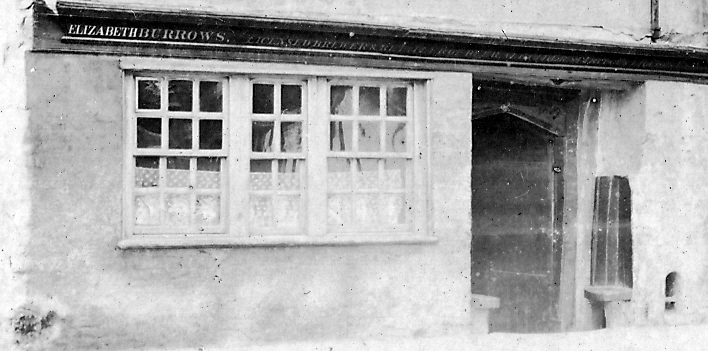
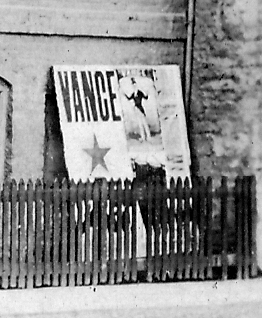
In 1692 the leasee was William Chance. We learn this from sessions court proceedings where William gave evidence that a John Knight from Herefordshire, who was staying at the Inn, had stolen money from William Chyn of Wembdon, a Maulster (SHC Q/SR/189/5-7). In more grim records we learn that a Humphrey Sutton hanged himself in the inn ‘while insane’ in 1740 (SHC: D/B/bw/1917/31).
After April 1791 the Lodge of Perpetual Friendship (a society of Freemasons) built a new lodge room on the back of the Lamb, which had a private entrance from St Mary Street (Jarman, History of Bridgwater, p.176). They relocated to the Royal Clarence in 1866.
The Lamb was sold by the Corporation in 1884, while raising funds to support a library. It was purchased by Joseph Stephen Brown, a photographer (SHC: DD/BR/ubi/1)
The old buildings, including the Masonic lodge room at the back were pulled down and rebuilt in 1888. The Lamb’s replacement, although heavily altered, still stands today. The only apparent survival from the old Lamb buildings is a doorway at the back, which was ‘renovated and improved’, with a plaque above from the old Masonic lodge entrance (Jarman, History of Bridgwater, p.176). The name had changed to the Duke of Monmouth by 1889 when Jarman was writing. The name change may have coincided with the rebuilding of 1888.
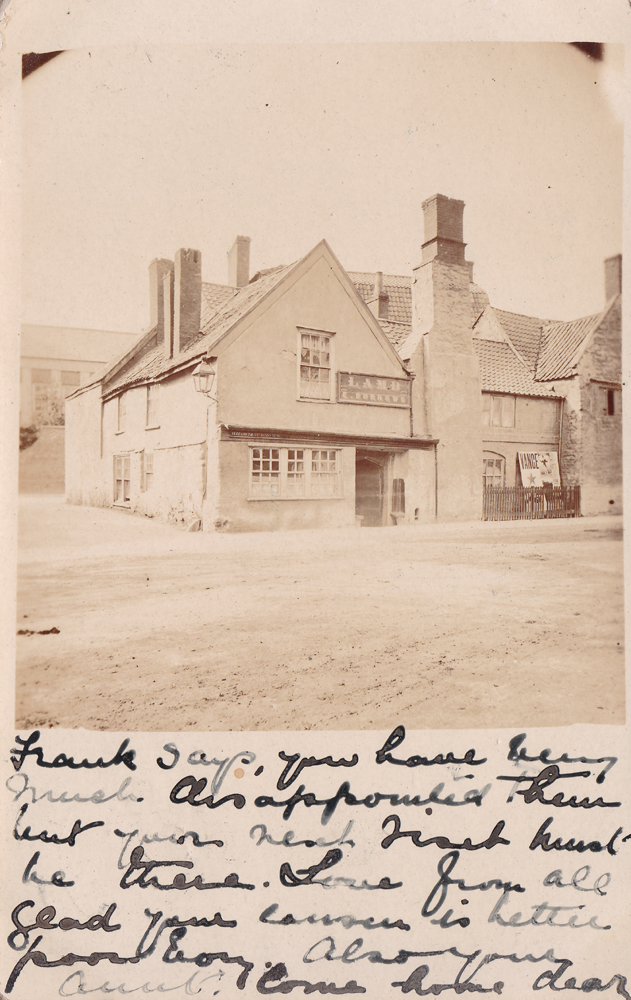
MKP 15 May 2020

